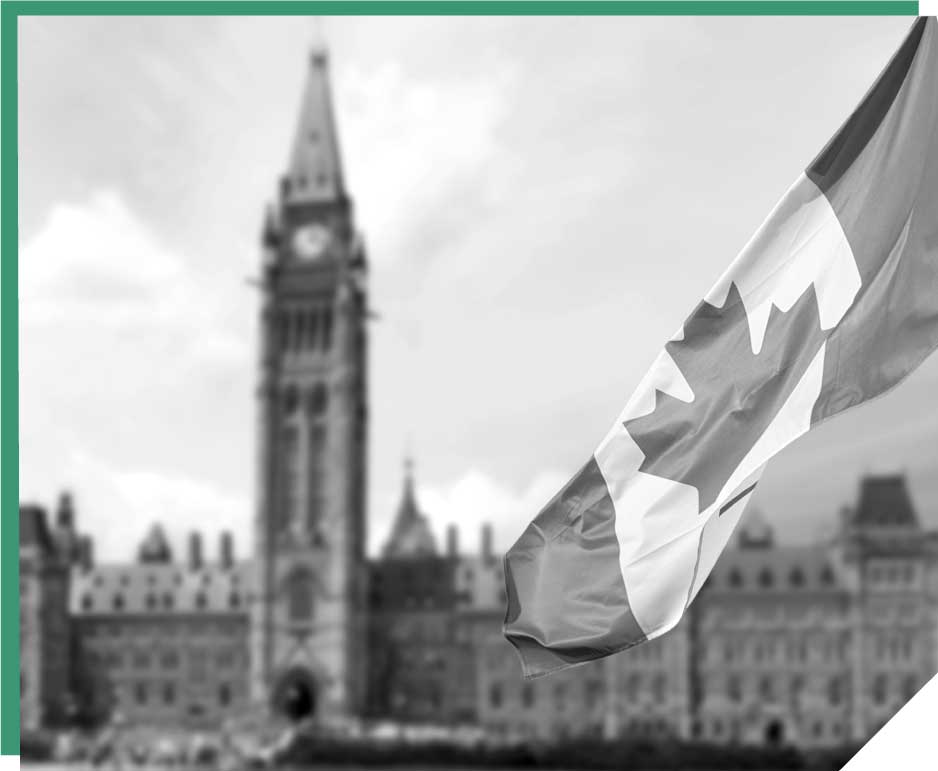

2023 FEDERAL BUDGET COMMENTARY
Finance Minister Chrystia Freeland tabled the 2023 Federal Budget on March 28, 2023. There were no tax rate increases and the capital gains inclusion rate hasn’t changed.
However, a revamped alternative minimum tax (AMT) and a global minimum tax for multinational enterprises are at the center of what will fund the governments investments in clean technology, health care, and affordability items like the new grocery rebate and the national dental care plan for lower income people.
The following list highlights some of the proposed legislative changes announced in the 2023 Budget:
1. Changes to the Alternative Minimum Tax (AMT) rules for high-income individuals;
2. Changes to the intergeneration business transfer to ensure that noted exceptions passed in Bill C-208 only apply where there is a genuine intergenerational business transfer;
3. Implementation of employee ownership trusts (EOT);
4. Changes to the General Anti-Avoidance Rule (GAAR);
5. Funding of $13 billion over 5 years to implement the Canadian Dental Care Plan;
6. Continued focus on aggressive tax planning strategies both domestically and internationally; and
7. Many “green” incentives and tax credits which have been purposely ignored in this summary.
Alternative minimum tax
The 2023 Budget announces several changes to the AMT rules resulting in AMT being applied at a far higher threshold affecting high-income individuals.
There are several proposed changes to the AMT calculation including:
1. Raising the AMT exemption from $40,000 to $173,000.
2. Increasing the AMT rate from 15% to 20.5%.
3. Increasing the Capital Gains and Stock Options inclusion rate:
- a. The government proposes to increase the AMT capital gains inclusion rate from 80% to 100%. Capital loss carry forwards and allowable business investment losses would apply at a 50% rate.
- b. It is also proposed that 100% of the benefit associated with employee stock options would be included in the AMT base.
4. Increasing the donations of Publicly Listed Securities inclusion rate:
- a. The government proposes to include 30% of capital gains on donations of publicly listed securities in the AMT base, mirroring the AMT treatment of capital gains eligible for the lifetime capital gains exemption. The 30-per-cent inclusion would also apply to the full benefit associated with employee stock options to the extent that a deduction is available because the underlying securities are publicly listed securities that have been donated.
5. However, there is no proposed change to the carry-forward period of the AMT paid at 7 years.To the extent an individual’s AMT is greater than the tax otherwise payable, the difference can be deducted within the following seven years provided the tax otherwise payable exceeds the AMT amount in the particular year.
Additional planning will be required to ensure that AMT paid is recovered within the 7 year carry forward period.
Intergenerational business transfers
Private Member’s Bill C-208 introduced an exception to the anti-surplus stripping rules in section that became effective June 29, 2021. The purpose was to facilitate intergenerational business transfers eliminating the punitive tax treatment contained in section 84.1 of the Income Tax Act (Canada) ITA. The rules introduced by Bill C-208 unfortunately did not contain sufficient safeguards to minimize abuse resulting in a beneficial tax treatment where no transfer of a business to the next generation had taken place.
The budget introduces additional conditions to ensure that only genuine intergenerational share transfers can avail of the punitive tax treatment contained in section 84.1 of the ITA.
Employee Ownership Trusts
An Employee Ownership Trust (EOT) is a form of employee share ownership where a trust holds shares of a corporation for the benefit of the corporation’s employees. EOTs can be used to facilitate the purchase of a business by its employees. For business owners, an EOT provides an additional option for succession planning.
Draft legislation released with Budget 2023 defines the qualifying conditions to be an EOT and proposes changes to tax rules to facilitate the establishment of EOTs.
Registered Education Savings Plans
Registered education savings plans (RESPs) basically are a savings plan to fund post-secondary education expenses.The federal budget proposes that the $5,000 withdrawal limit for the first 13 weeks of a full-time program be increased to $8,000 ($4,000 for a part-time program) effective March 28, 2023. Students who withdrew income prior to March 28, 2023, may be able to withdraw an additional amount up to the new cap.
Budget 2023 also proposes to amend the RESP rules so that, effective March 28, 2023, divorced or separated parents can open joint RESPs for one or more of their children.
Tax measures that were not addressed in the 2023 Budget
1. Other than proposed changes to the AMT rules, no significant personal tax increases, wealth or estate taxes or changes to the taxation of capital gains, dividends, interest or the principal residence exemption were proposed
2. No changes to the taxation of group insurance, exempt life insurance, corporate owned insurance, or the capital dividend account
3. No significant changes to the rules governing registered retirement savings plans (RRSPs) and registered retirement income funds (RRIFs)
4. No significant changes to the taxation of private corporations including the TOSI and passive investment rules
5. No new announcements/funding for a universal pharmacare program
6. No Wealth tax was proposed
Overall, despite several pro-growth measures, Budget 2023 lacks a cohesive strategy for economic growth. More than ever, Canada needs a clear framework that will drive productivity and attract business investments in the face of major economic headwinds and competition with global peers.


